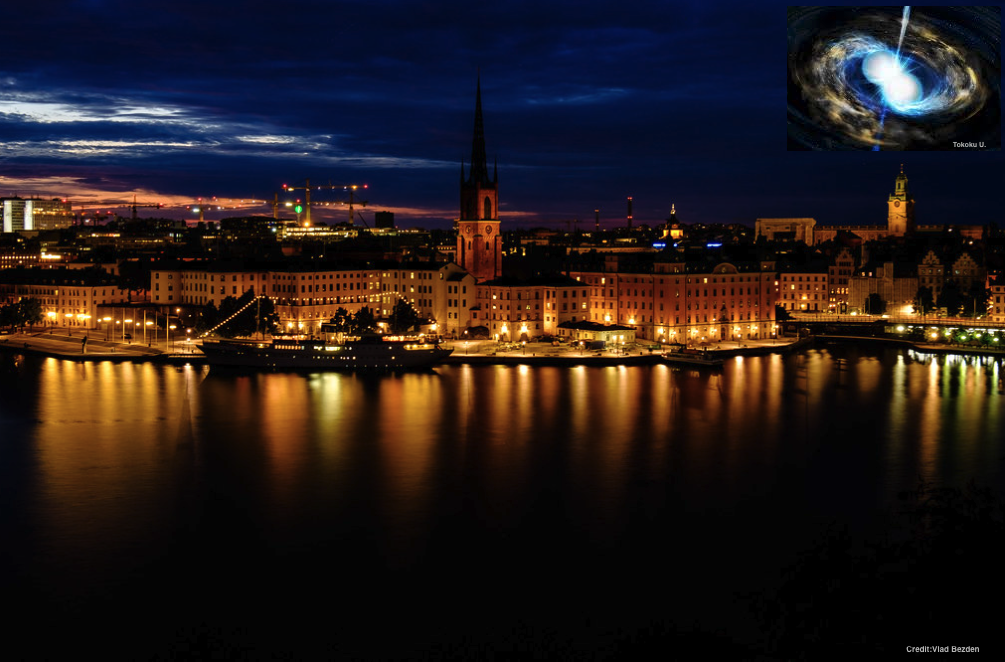Speaker
Description
The electromagnetic signals from the kilonova AT2017gfo present an opportunity to study an astrophysical site of the r-process which is considered to produce about half of the elements heavier than iron. The decline of the bolometric light curve is broadly consistent with being powered by the decays of unstable nuclei expected from r-process nucleosynthesis. The light curve is sensitive to the amount and composition of ejected matter as well as the actual ejection process itself. Several attempts have been made to reproduce the light curve, often with a number of simplifying assumptions, but reproducing the light curve self consistently is a challenging task. We compare two different methods for simulating kilonova light curves using two multi-dimensional radiative transfer codes: Monte Carlo radiative transfer (ARTIS code) and solution to the moment equations of the radiation pressure tensor (ALCAR code). Our aim is to benchmark the ALCAR code with the well-established though computationally more expensive ARTIS code. Because of ALCAR‘s computational advantages, this will allow for an efficient exploration of the large parameter space before investigating more specific regions in greater detail with ARTIS.

